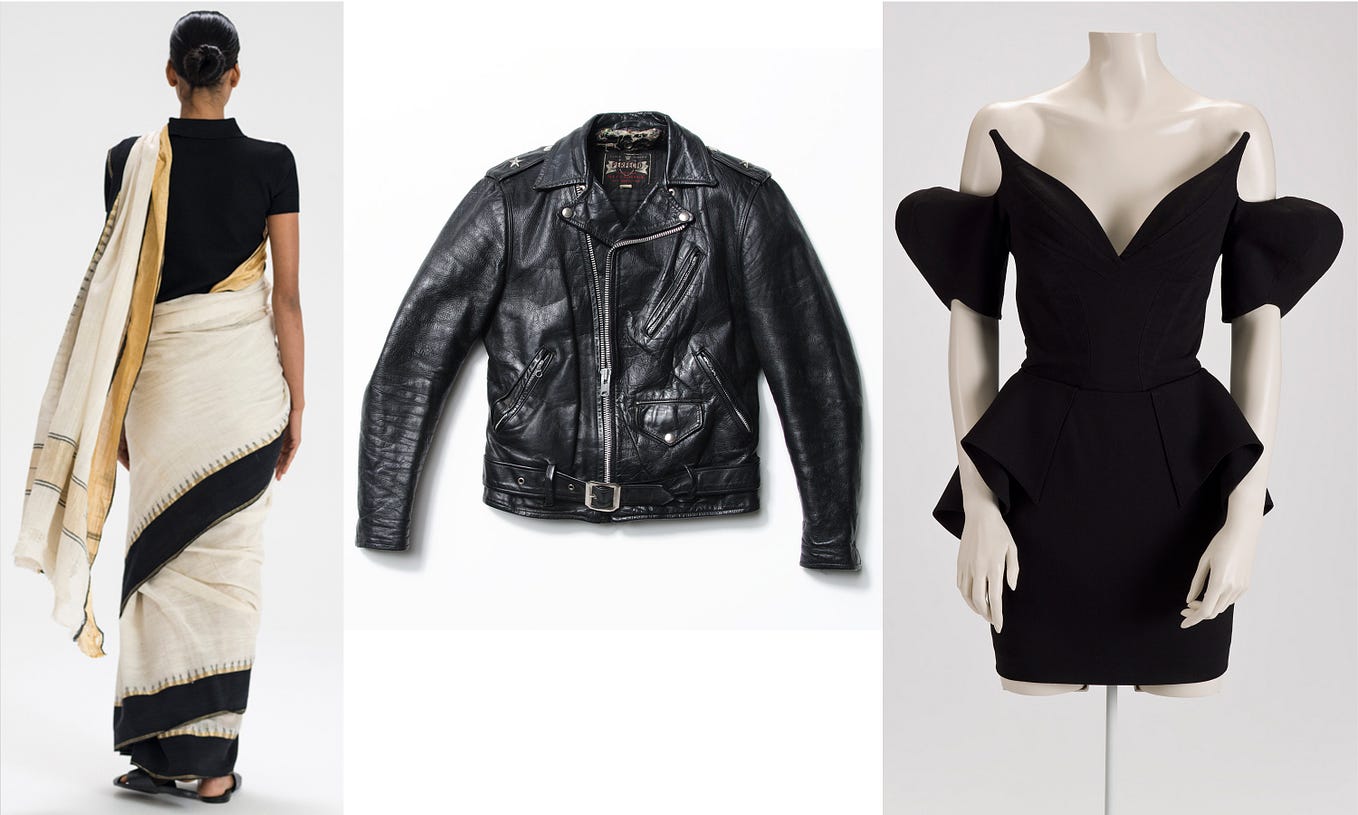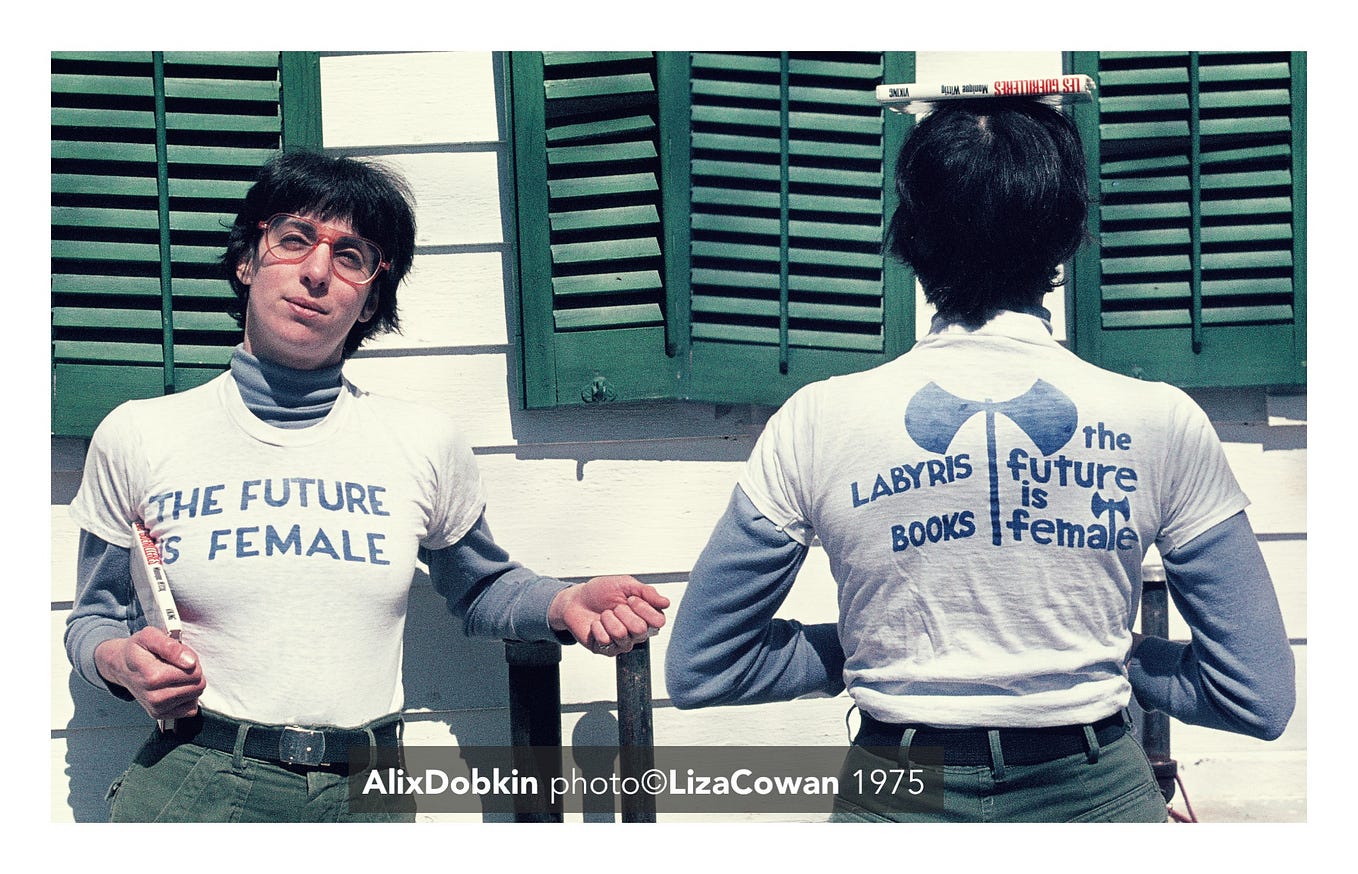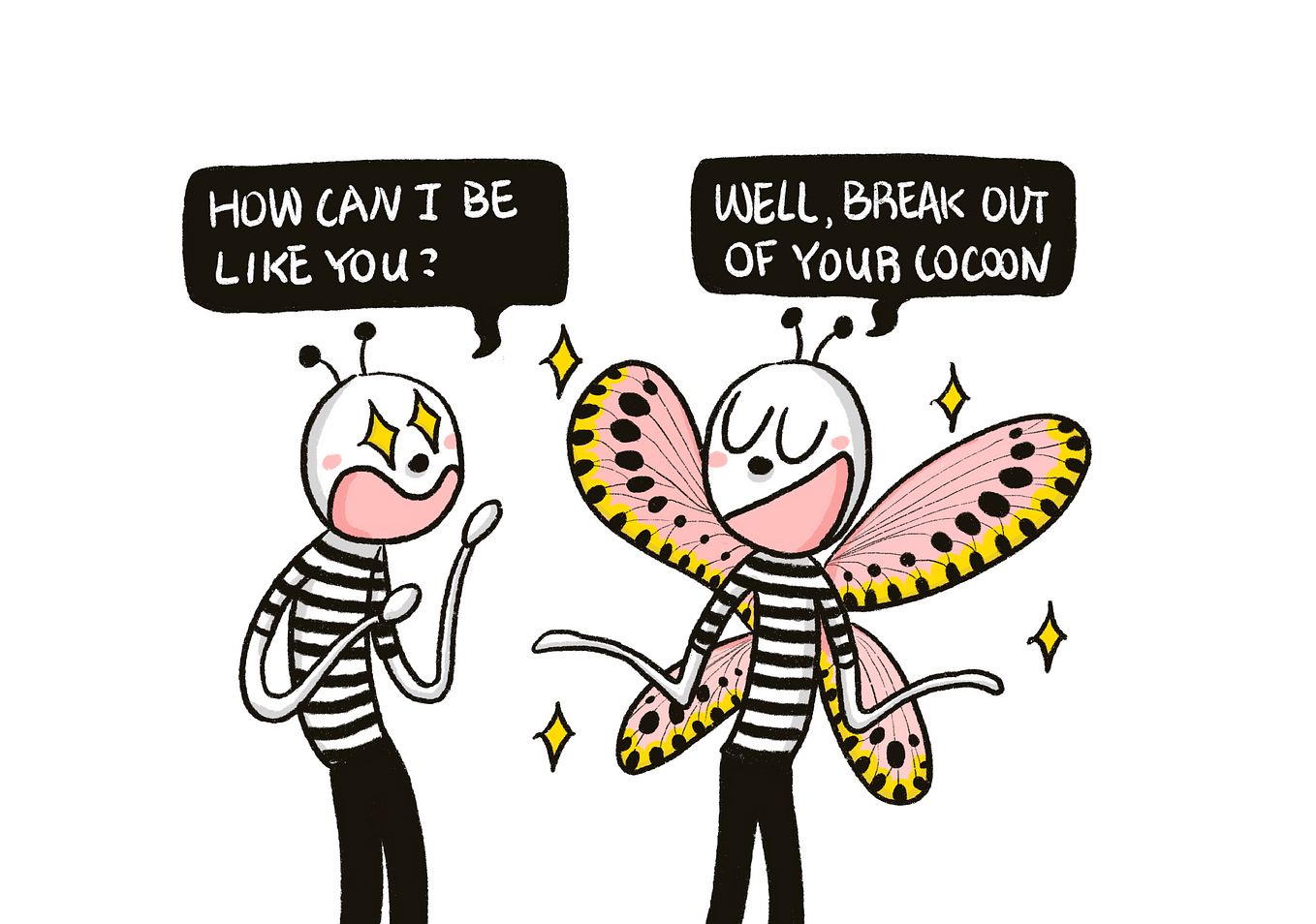Talking about the New Breed with Howard Davis
For the next few weeks, we will be publishing a series of interviews in conjunction with Items: Is Fashion Modern? and the related free online course Fashion as Design. Though the exhibition closed in January 2018, the course will continue to be active, serving as a platform to invite new dialogue around questions raised by the exhibition. Enroll in the course at mo.ma/fashionasdesign
Howard Davis spoke in August 2017 with Michelle Millar Fisher, Curatorial Assistant in MoMA’s Department of Architecture and Design, about the New Breed, the Afrocentric boutique he cofounded that operated in the 1960s.
MoMA: How did you get to know the New Breed cofounders Jason and Mabel Benning?
Howard Davis: It was word of mouth. I was primarily in shoes at that time. I worked for Delman, then I worked for Pappagallo, most of the major companies, and I did some work for Ferragamo in the United States. Then I started my own company called 8-Track.
So New Breed was around probably for about two years, from 1968 to 1970?
Right. We [all] started [in fashion] long before then, but it really started to catch fire in the 1960s.
One of your memories of founding the New Breed is getting prominent African Americans — politicians, artists, educators, and athletes — involved in the development stage. Who were some of the high-profile figures involved?
The athletes were Emmette Bryant from the New York Knickerbockers, Bill Russell of the Seattle Supersonics, Muhammad Ali, the fighter, the boxer. Everybody knows who he is. We did the costumes for his Broadway musical Buck White, which was directed by Oscar Brown, Jr., and Jean Pace.
So they liked the clothing that was being made and picked it up, and that’s how you met them?
Yes, what happened was like magic. I’ve always been told the cheapest way to advertise, which is just as strong as paid advertising, is word of mouth. These people started hearing about the New Breed. At that time, we had a boutique on 147th Street and Saint Nicholas Avenue. It was an old brownstone with a fireplace, and we decorated it with the clothing. That is where everybody started to come, like Aretha Franklin, some of the Hollywood people, Oscar Brown, Jr., Robert Downey, Sr. We did the clothing for his movie Putney Swope. [We did a dashiki for] James Brown’s stage performances. And it was quite an exciting period in my life because, all of a sudden, you’d look up and there was somebody saying, “Oh my God, there’s Sidney Poitier.” He came into the store.
Is it possible to say that this became like a hub, where people would come not only for clothing but also to be part of a new scene and a community?
Both. It was like a hub where people would actually come and meet. Because the name was so hot, everybody wanted to be associated with [the New Breed]. We had about a dozen or more boutiques throughout the United States, [including in] Chicago, Detroit, Los Angeles. The political people in those areas would come to the shop to look at what was going on and discuss various political activities that they wanted us to be involved in.
Primarily, the New Breed was focused on Afrocentric clothing. We were supposed to be the Motown of Afrocentric clothing, because we came along when Motown was in development. The dashiki, at that time, was the main piece of clothing. And then, of course, when the Afro hairdo came in, that became part of it. Then, dreadlocks and all of that was part of the New Breed. For African Americans who wanted to get into fashion, it sort of opened the door for them. It was thought there were no possibilities for them to get involved in [fashion], but this did change. We were invited places to put on various shows to promote the Afrocentric clothing line. We put on a show at Howard University in Washington, DC.
The New Breed was a model for thinking about what fashion might be for Afrocentric clothing, but it was much broader. It was a model for the black experience in fashion which, up until that point, had not been given a space at the table.
Absolutely. We even had a factory at 601 Grand Avenue in Brooklyn. Singer donated sewing machines to us. Burlington Mills Fabric donated fabric to us. All wanted to participate. I think the first retailer was Sears. And then Bloomingdale’s came in. The downfall was that we didn’t have enough finance to continue. It never [achieved] the reach that we wanted because of the finances. I think today that would be different. It was just a wonderful, beautiful thing to be involved in the New Breed or as we called it “The Breed” for short at that time.
The New Breed was about fashion, certainly, but you had this area of expertise within your group that was also about performance and theater. So it really was this mixture of both clothing that you can wear but also clothing that performed a public role. Here was this identity around the civil rights movement but also around this larger-than-life personality that you could put on with these clothes.
Right. It was the political aspects of it, I think, especially for young people today, knowing what it meant when you put this dashiki on your body. Other than just being a garment, you have to understand what and where it came from and why it’s important to the African American community. And I learned about things that I did not know about our history. We had to do some very deep research work for that.
Dashiki, 1968, by Jason Benning, Mabel Benning, and Howard Davis for New Breed, was acquired by MoMA’s Department of Architecture and Design.
Enroll in the online course Fashion as Design to read an interview about the New Breed with Valarie Benning, daughter of Jason and Mabel Benning.









